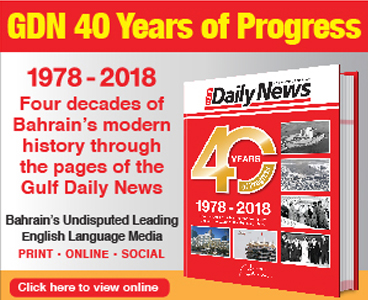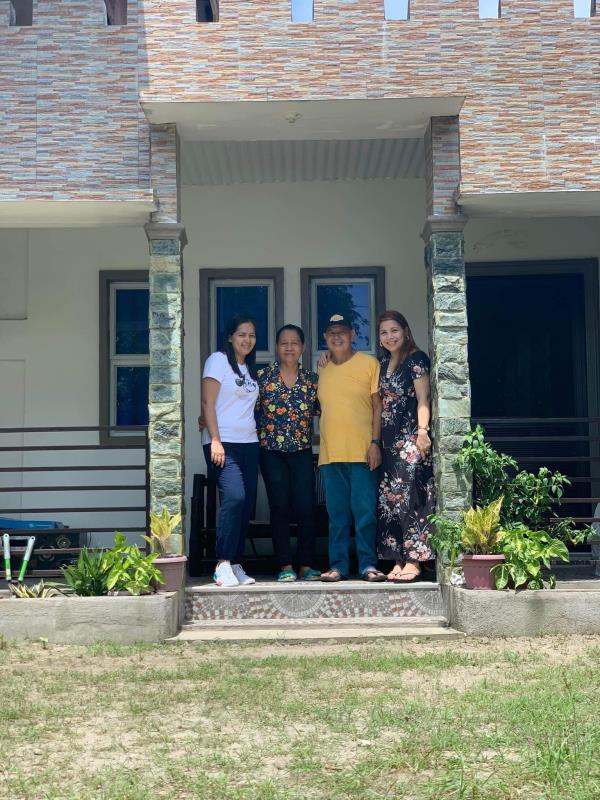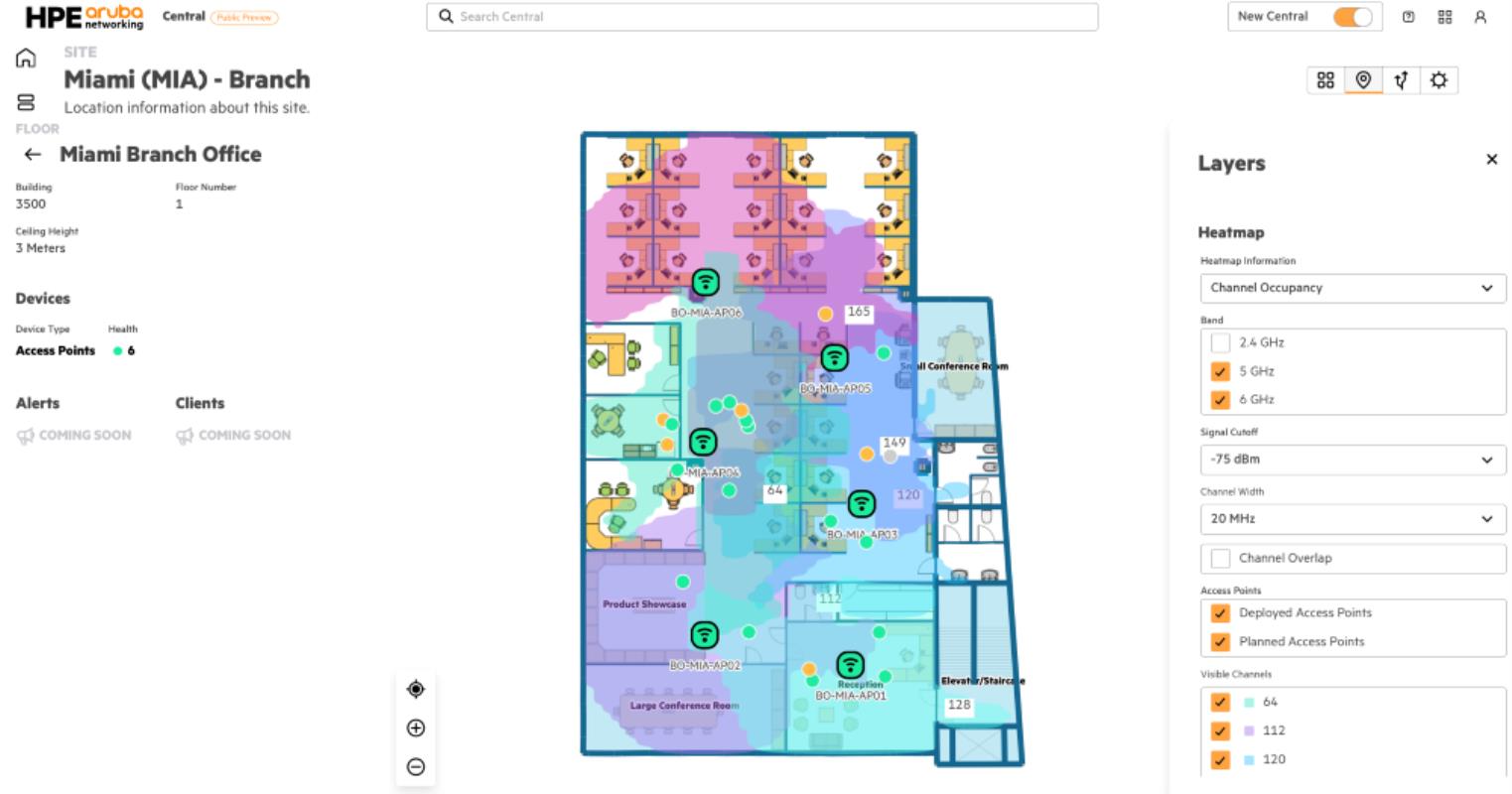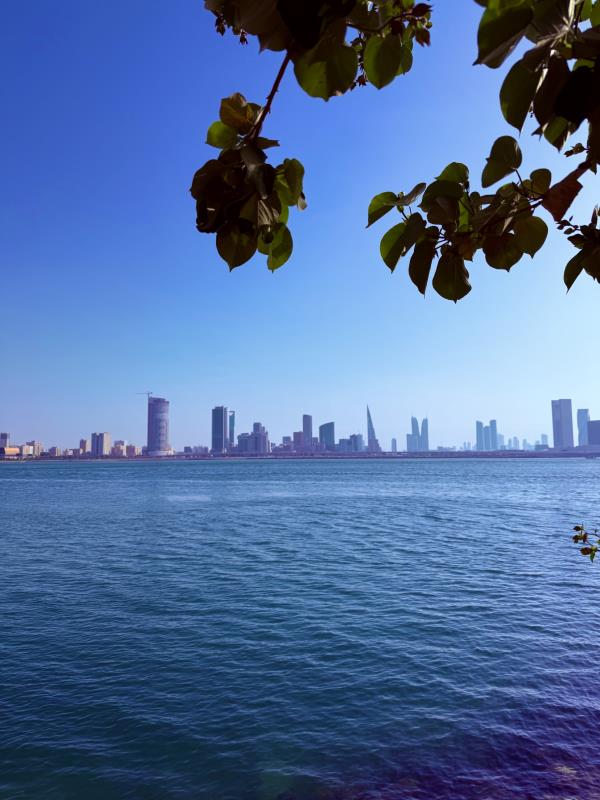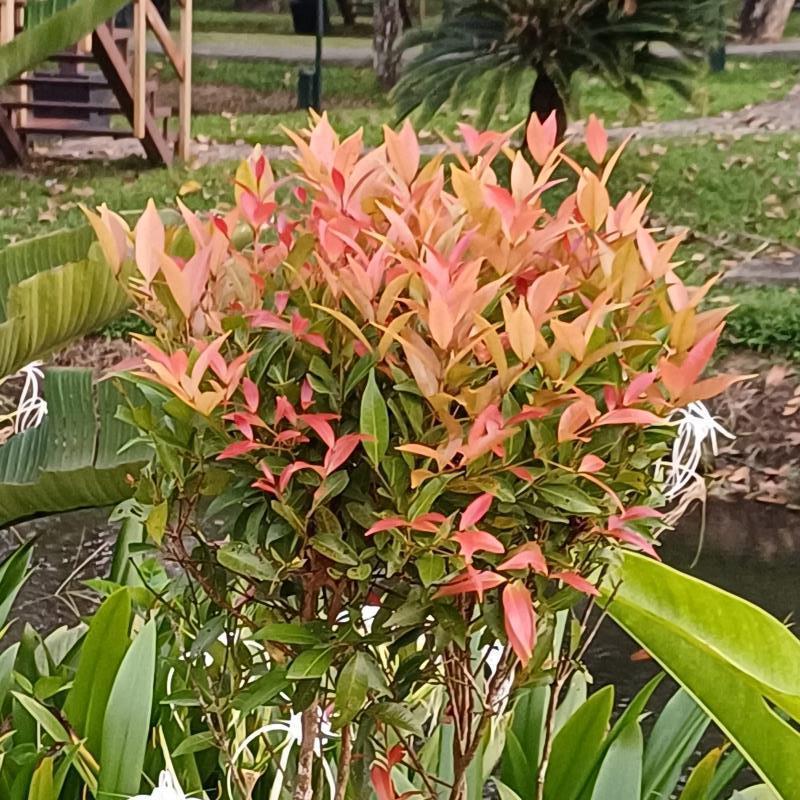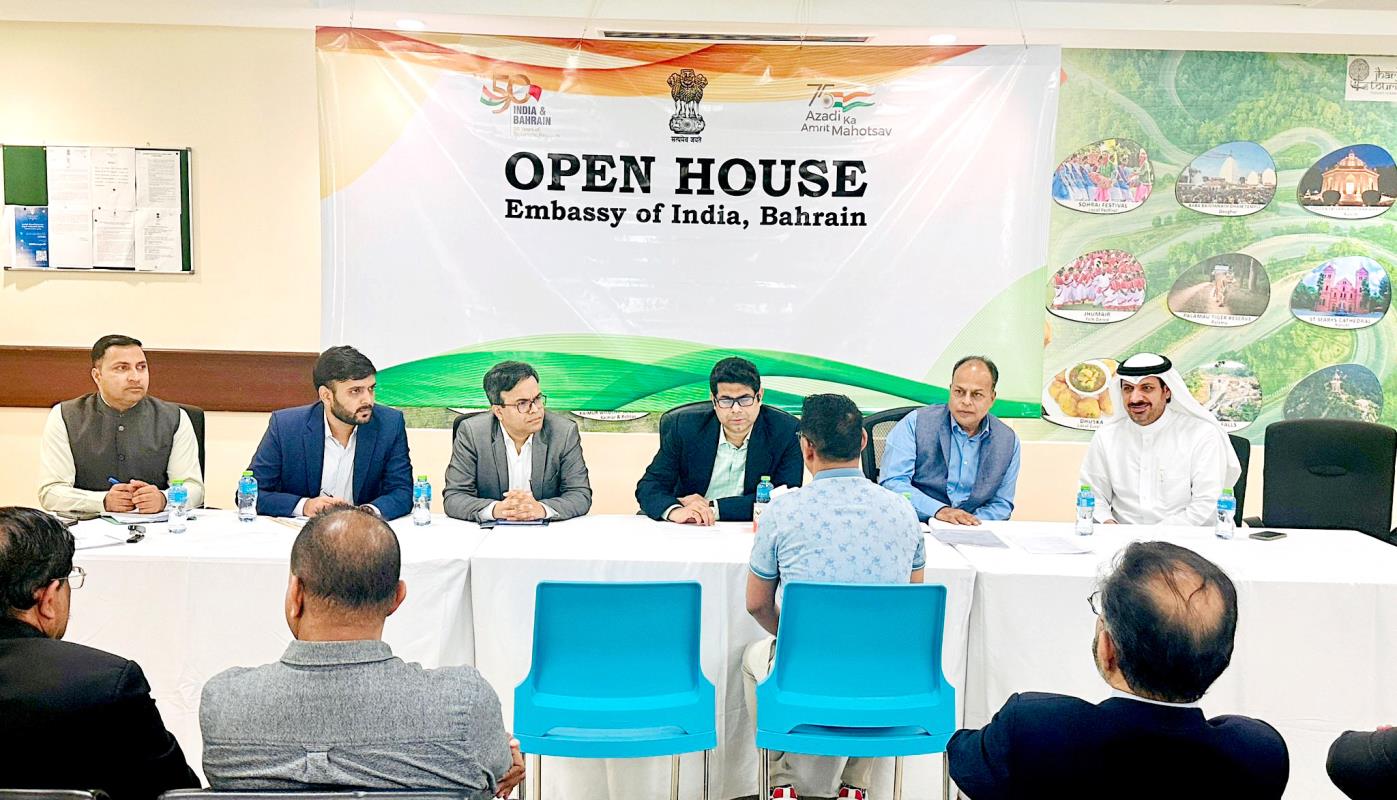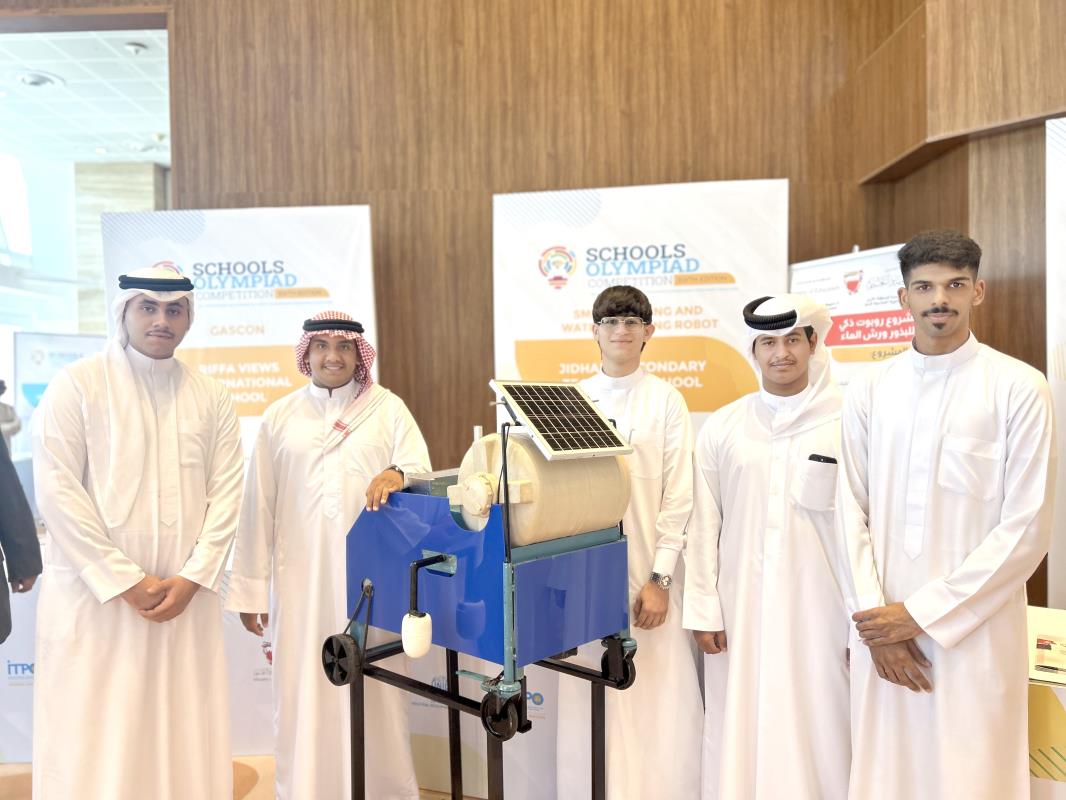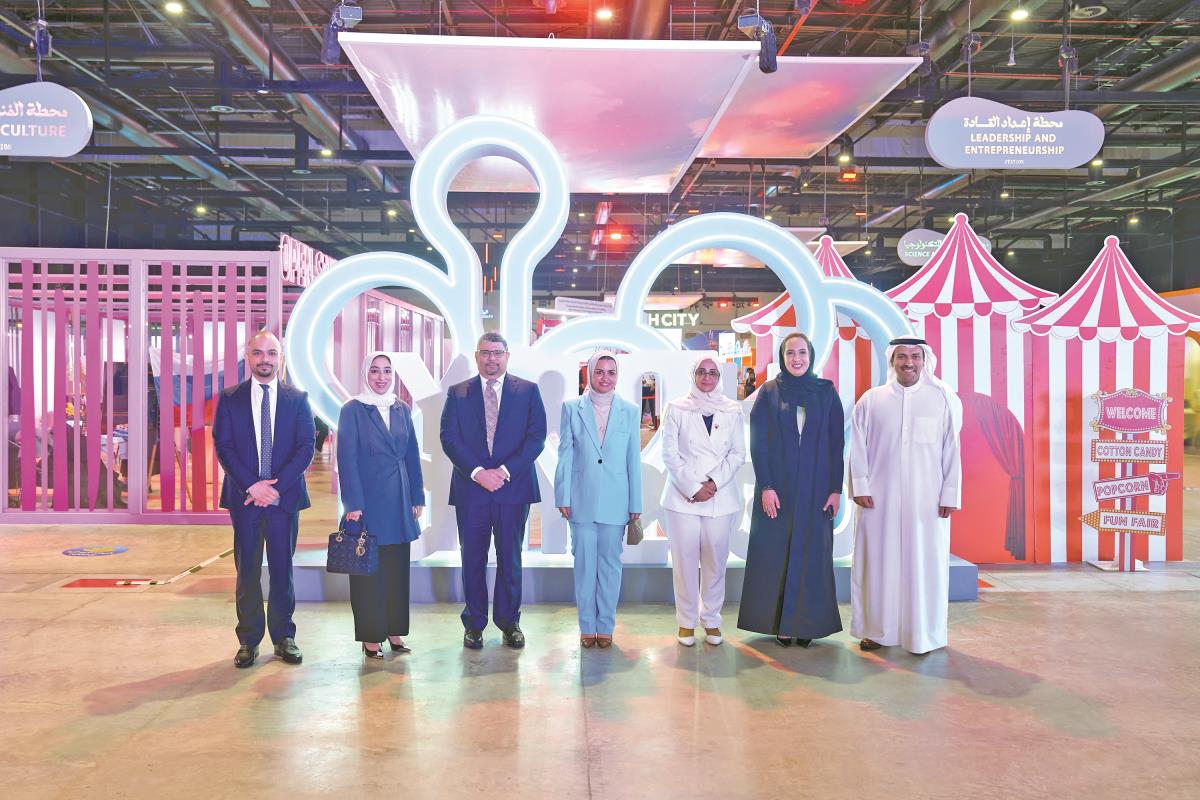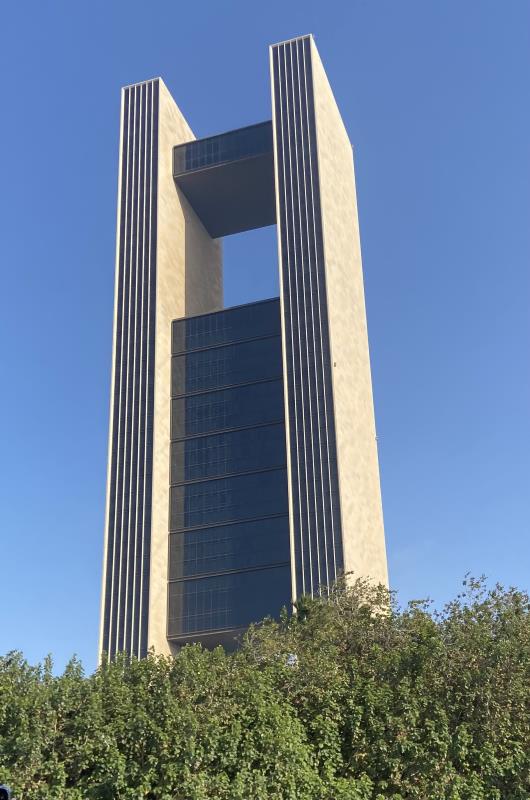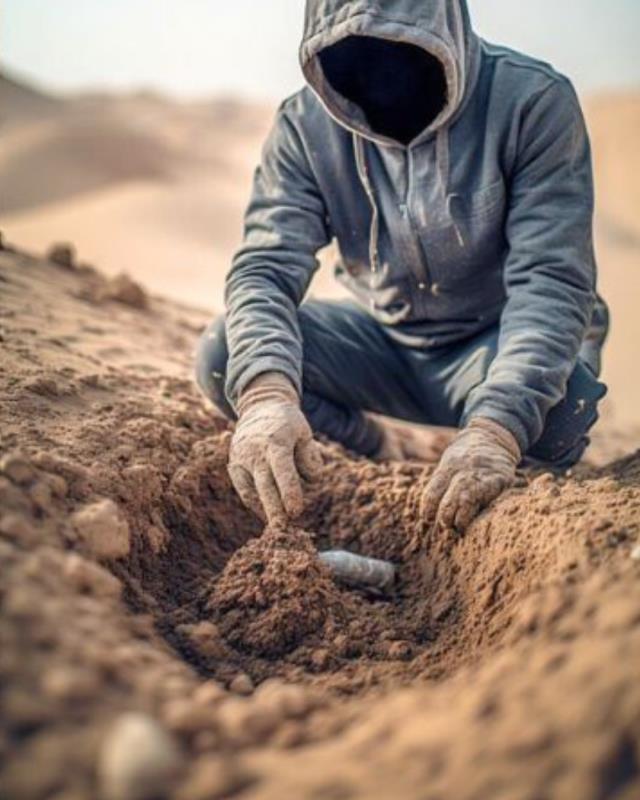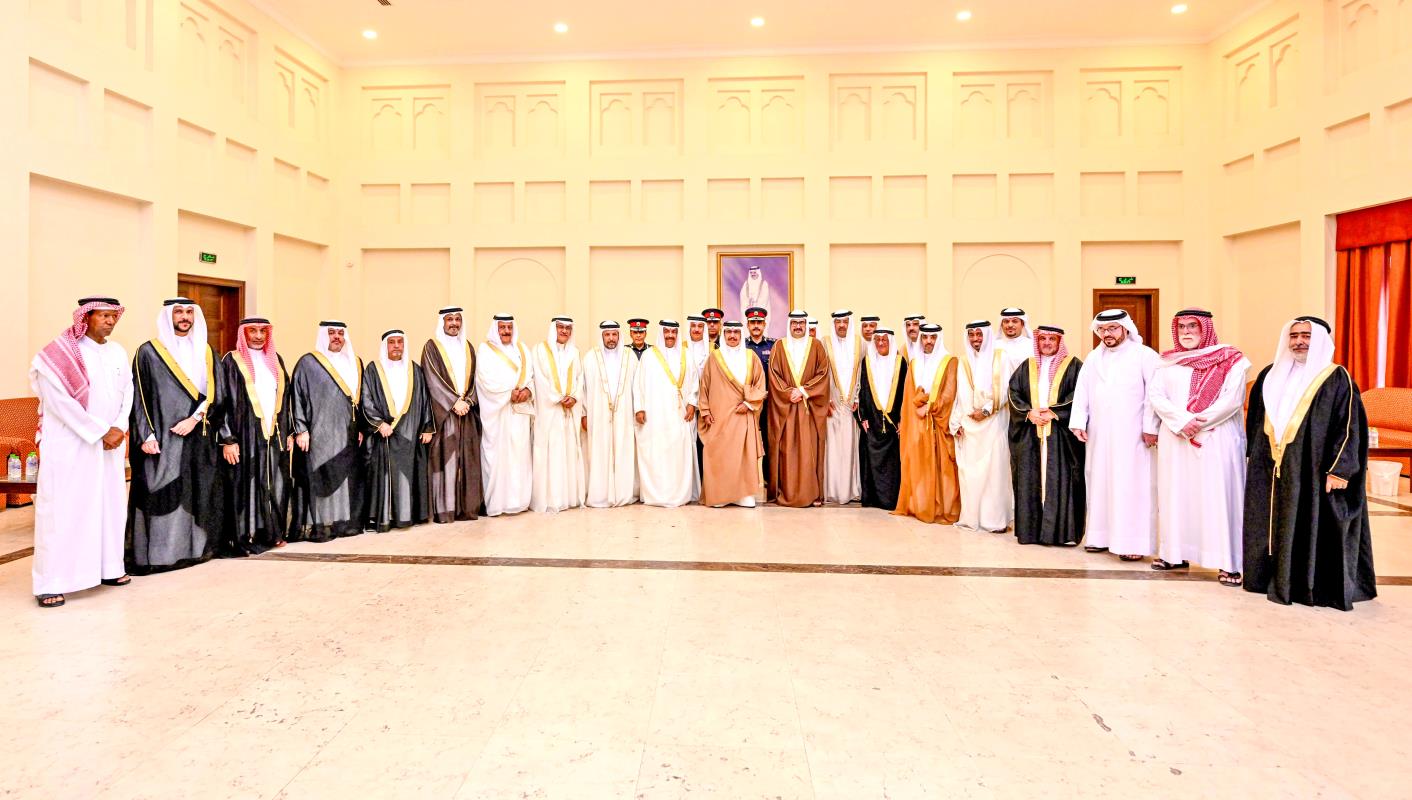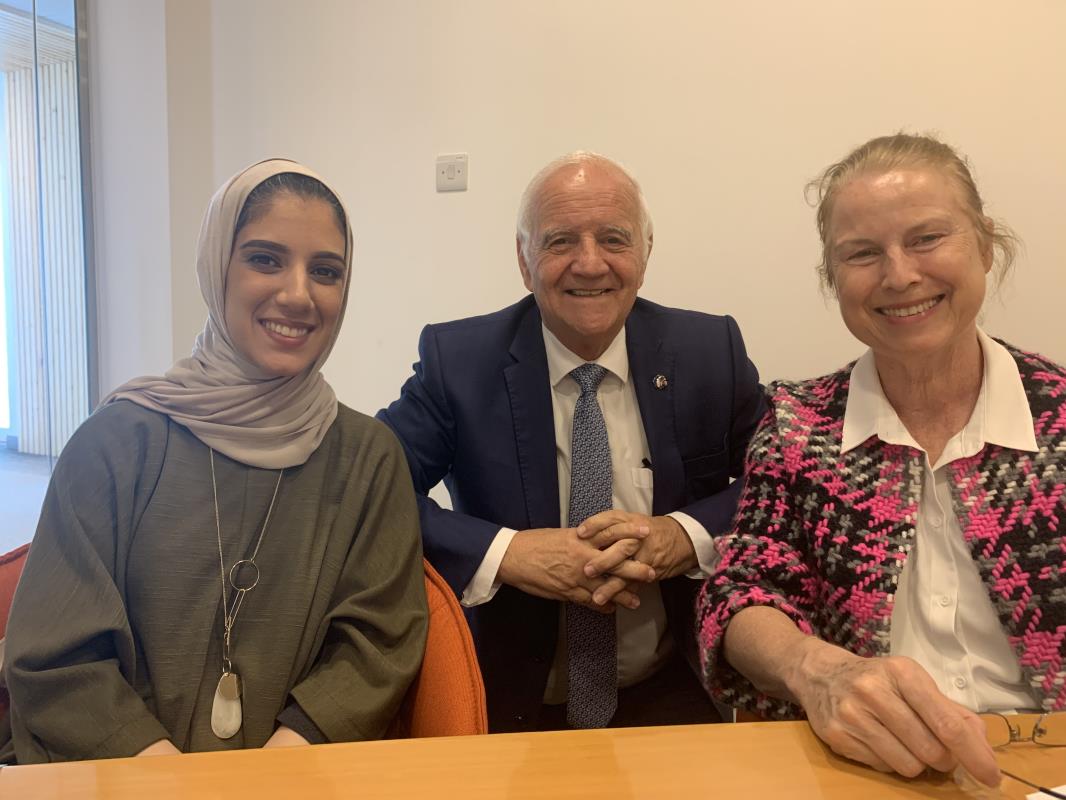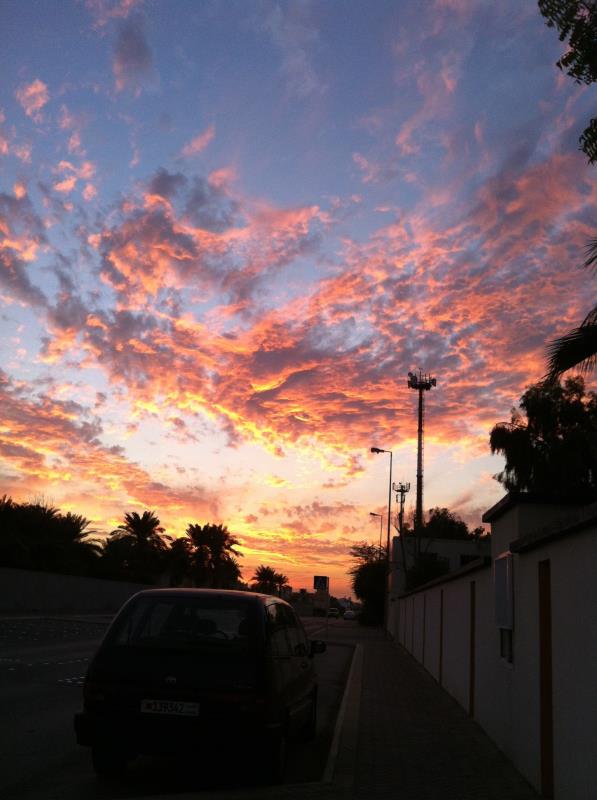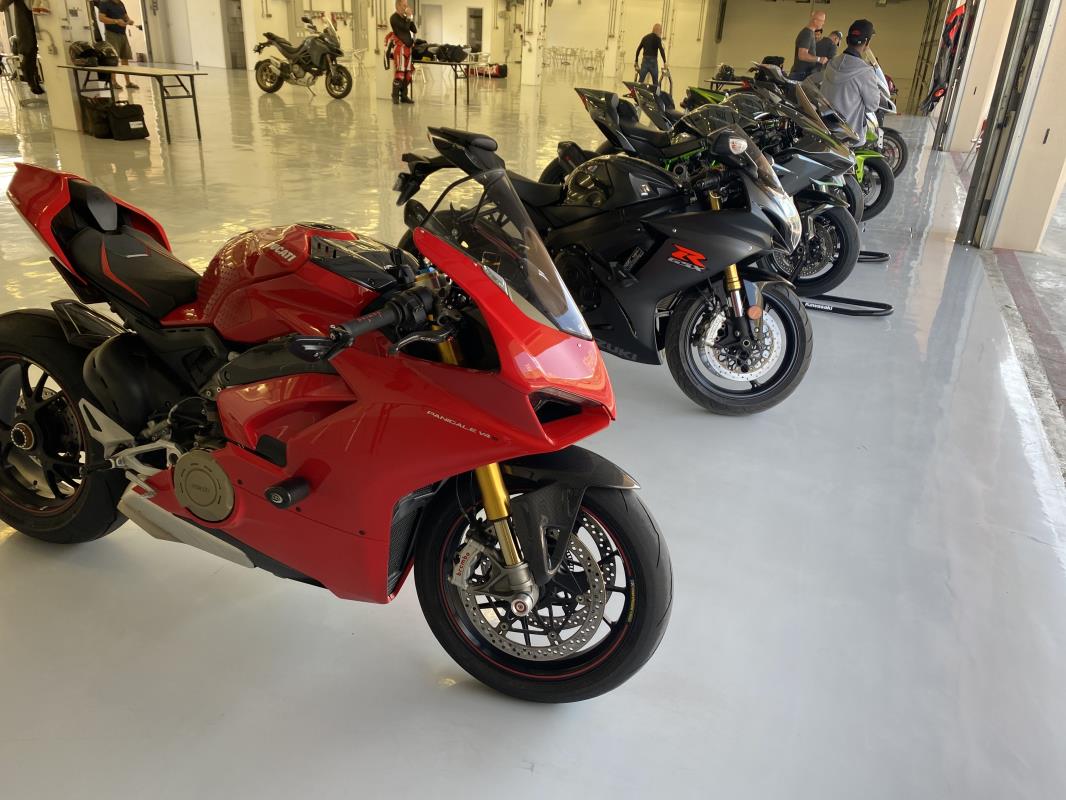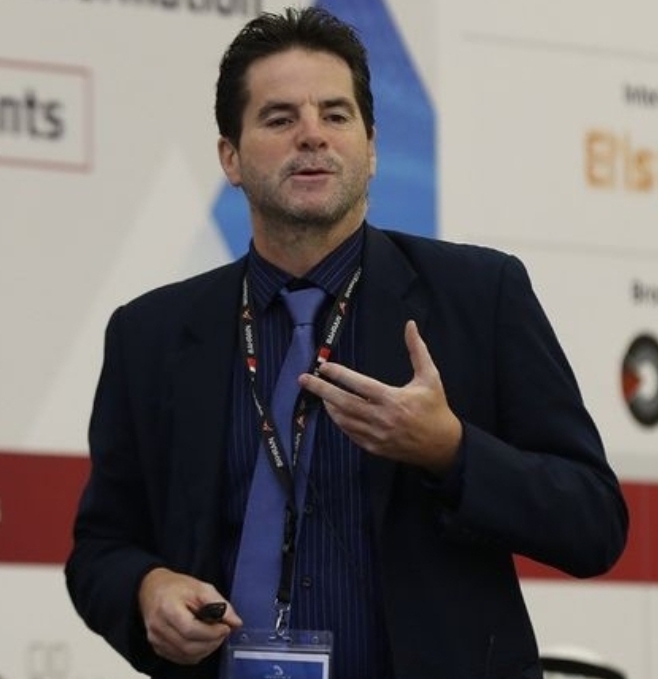
India is strongly commitment to its renewable energy targets, which are aimed at quickly reducing carbon emissions. The North Eastern Regional (NER) Grid of India, serving a population of more than 30 million, wants to improve reliability of power evacuation, reduce intermittency, and accelerate sustainability of renewables for this region. The Ministry of Power in India awarded Sterlite Power, a leading global developer of power transmission infrastructure projects in India, the NER-II Transmission Limited project to develop transmission lines across the region. Sterlite Power is an established technology leader in this sector and a sponsor of India’s first power sector Infrastructure Investment Trust.
The project is of strategic importance to India’s renewable energy targets. It strengthens interconnection with the states of Assam and Arunachal Pradesh and provides an additional source of power to the capital city of Itanagar. However, the project was complex, including designing and constructing a 400-kilovolt/132-kilovolt substation in Tripura state to evacuate gas-generated power from ONGC’s Palatana power plant (a 726.3-megawatt combined-cycle gas turbine). The substation was the only one delivering much-needed power to Tripura state. Considering the importance of this substation for the local region, efficient design and construction of a new substation within a tight schedule were necessary for rigorous project monitoring and real-time construction updates. Seamless and accurate information flow among stakeholders was crucial to ensure timely delivery of the substation.
Challenge
Sterlite Power realized that they needed a modeling solution that would deliver right-first-time design by detecting and resolving clashes early in the design process. However, traditional 2D design methods for substation planning limited the design team’s ability to detect clearance problems between electrical components and support structures. Additional challenges included managing interdependency among activities, design-plan inter-linkage, a lack of real-time progress data, and inefficient resource planning. These inefficiencies posed enormous risks in the substation construction timeline adding prolonged inspections, handovers, and resource training difficulties. Therefore, 3D modeling proved to be the best method.
Breakthrough
Sterlite Power overcame inefficiencies that conventional design methodologies posed by turning to Bentley’s OpenUtilities Substation for 3D modeling and ProjectWise to streamline design and collaboration. This technology change enabled them to detect clearance violations between electrical components and structural supports. The digital libraries provided traceability, accountability, and exportability of models for proper equipment connections.
Adopting BIM 4D technology using SYNCHRO also helped Sterlite Power utilize virtual reality to further optimize and refine design and planning. They generated a detailed reality model from images captured with unmanned aerial vehicles, which helped them further optimize substation layout and increase design and planning efficiency.
“With Bentley’s ProjectWise, our project team was able to work in complete collaboration, even when separated by distance,” said Pratik Agarwal, managing director, Sterlite Power. “Design being the heart of infrastructure projects, the application’s real-time review system helped us save huge hours of reworking on design errors and enabled us to accelerate the renewable energy journey of India.”








































